551 Original Design Objects For Sale:
你在找出售原创作品和设计物品吗?
探索所有风格和所有设计技术…… ArtMajeur 迎合所有艺术敏感性,20 年来一直在您身边庆祝美丽,拥有超过 360 万件当代艺术作品供您发现……或获取!发现来自世界各地的当代艺术家的作品,用一流的方式装饰您的室内!单纯的艺术爱好者还是公认的收藏家?找到最喜欢的设计作品或物品,可以真正增强您的装饰效果。 ArtMajeur 为您提供原创作品,世界上最好的当代艺术家的限量版。在 ArtMajeur 上,设计作品由艺术市场的爱好者和专家挑选。我们为您精选时尚、获奖、知名设计师的原创作品,以及当代艺术与设计领域的新兴价值,为您在线购买设计作品提供指导和帮助。 .
Discover contemporary Conceptual Art Designs on ArtMajeur
Contemporary Conceptual Art Designs are a form of original artwork that challenges traditional methods of creating art. This type of artwork is known for its use of unconventional materials and supports, such as found objects, installations, and performances. The unique aspect of Conceptual Art Designs is that the focus is on the idea or concept behind the artwork, rather than its visual appearance.
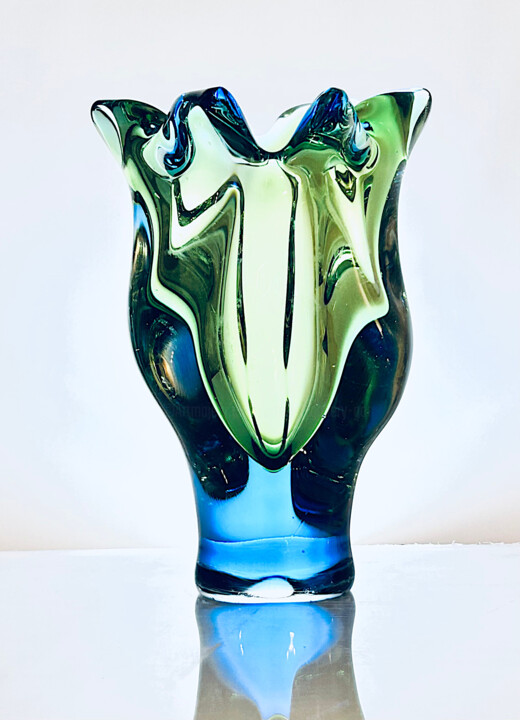
©1960 Czech Art Glass 艺术家表示Interart Gallery Gor
Origins and History
Contemporary Conceptual Art Designs emerged in the mid-20th century as a response to the traditional art forms of painting and sculpture. Artists sought to explore new ideas and concepts by using non-traditional materials and methods. In the 1960s and 1970s, the movement gained momentum and encompassed a wide range of practices, including performance art, installation art, and video art. Key figures in the development of Conceptual Art Designs include Marcel Duchamp, who challenged the notion of what constitutes art with his readymades, and Sol LeWitt, who emphasized the importance of the idea behind the artwork over its physical manifestation. Contemporary Conceptual Art Designs continue to push boundaries and challenge conventions, exploring themes such as identity, politics, and social justice. The movement raises important questions about the nature of art and its relationship to society, inviting viewers to engage with the artwork on a deeper level.

©2024 Davide Angelelli
Evolutions of theses works in the contemporary art market
Contemporary Conceptual Art Designs have undergone a significant evolution in recent years. These designs have moved beyond just the visual and have begun to incorporate sound, performance, and other sensory experiences. The importance of this evolution lies in the fact that it challenges traditional art forms and pushes boundaries, allowing for new perspectives and ways of thinking.
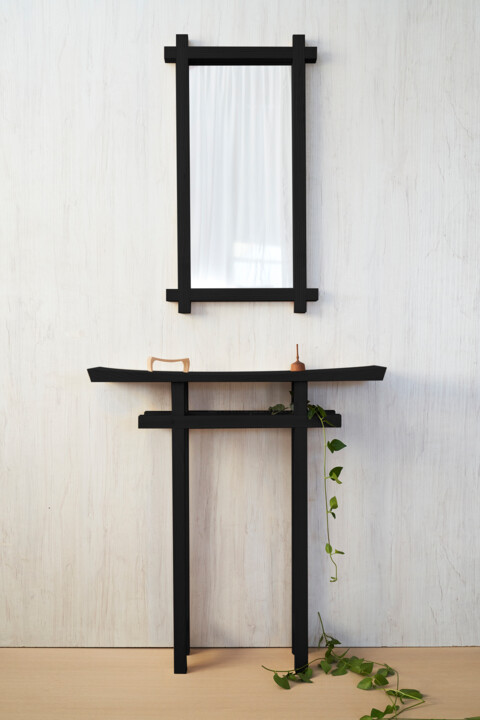
©2024 Jeanbaptiste Van Den Heede
Related Famous Artists
Contemporary artists who are celebrated for their conceptual art designs are pushing the boundaries of traditional art forms. Some of these artists include Yoko Ono, who is known for her conceptual and performance art pieces that challenge societal norms and expectations. Another artist is Ai Weiwei, whose work often addresses political and social issues in China through installations and sculptures. Jenny Holzer is also known for her use of language and text in her conceptual pieces, which often comment on power structures and social justice. Barbara Kruger is another artist who utilizes text in her work, creating thought-provoking and impactful pieces that challenge viewers to think critically about the world around them. Lastly, Maurizio Cattelan is known for his provocative and often humorous sculptures that critique societal values and norms. These contemporary artists continue to push the boundaries of conceptual art, creating works that challenge and inspire audiences to think differently about the world they live in.
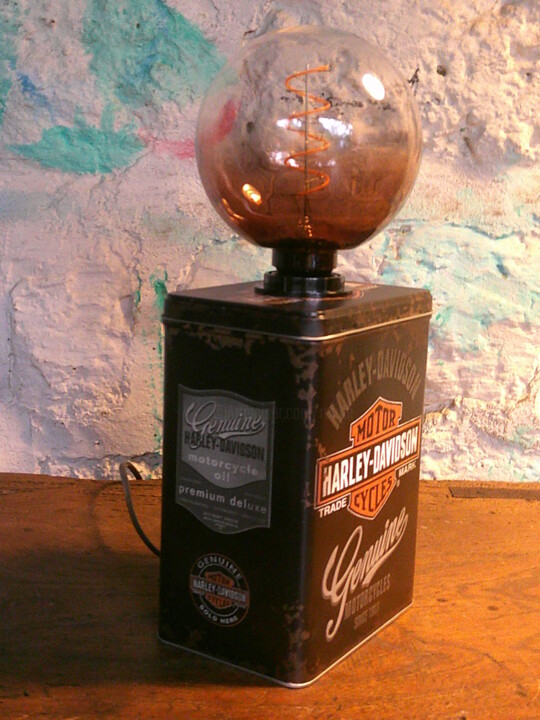
©2024 Leferailleur02
Notable contemporary Conceptual Art Designs
Contemporary Conceptual Art Designs challenge conventional artistic practices and emphasize the idea or concept behind the artwork rather than its physical form. Here are some well-known examples:
"Fountain" by Marcel Duchamp, 1917: This infamous piece is actually a urinal signed with the pseudonym "R. Mutt." Duchamp’s intention was to subvert the idea of art as something that must be aesthetically pleasing and instead highlight the power of the artist’s concept.
"One and Three Chairs" by Joseph Kosuth, 1965: This installation consists of a real chair, a photograph of the chair, and a dictionary definition of the word "chair." By presenting multiple representations of the same object, Kosuth challenges the viewer’s understanding of reality and perception.
"My Bed" by Tracey Emin, 1998: This installation features Emin’s own unmade bed surrounded by personal items such as empty bottles and cigarette butts. By presenting her private space as art, Emin confronts societal taboos and expectations about cleanliness and propriety.
"Untitled (I shop therefore I am)" by Barbara Kruger, 1987: This piece features a photograph of a model overlaid with the text "I shop therefore I am." Kruger critiques consumer culture and its emphasis on material possessions and status symbols.
"The Physical Impossibility of Death in the Mind of Someone Living" by Damien Hirst, 1991: This piece features a preserved tiger shark suspended in a tank of formaldehyde. Hirst’s intention was to explore the relationship between life and death, as well as the commercialization of art.
These artworks challenge traditional notions of art and encourage viewers to think critically about the concepts they present. They have sparked controversy, conversation, and even legal battles, cementing their place in the canon of contemporary conceptual art.

Leferailleur02
设计 | 13.4x5.5 in
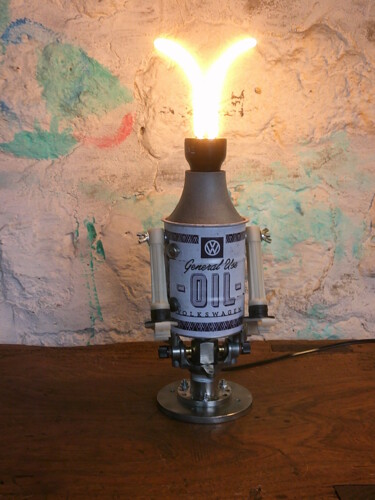
Leferailleur02
设计 | 15.4x5.5 in

Alexander Anisimov
设计 | 96.9x67.3 in

Jonathan Pradillon
设计 | 25.6x10.6 in

Davide Angelelli
设计 | 39x74.8 in

Leferailleur02
设计 | 15.8x6.7 in
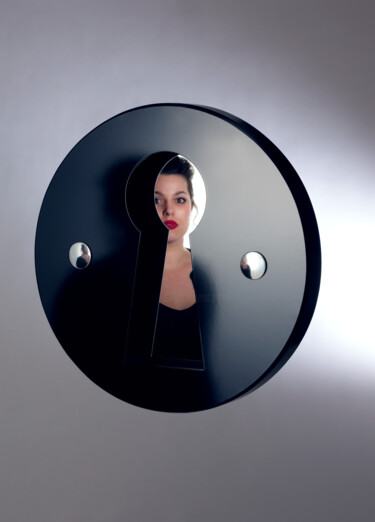
Caroline Schilling
设计 | 27.6x27.6 in

Leferailleur02
设计 | 11x4.7 in

Leferailleur02
设计 | 17.3x8.3 in
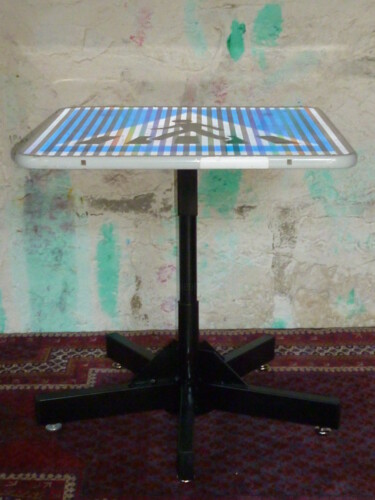
Leferailleur02
设计 | 20.9x20.1 in

Leferailleur02
设计 | 20.1x16.1 in

























